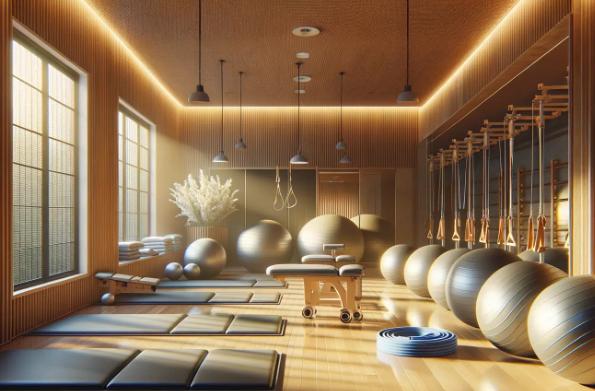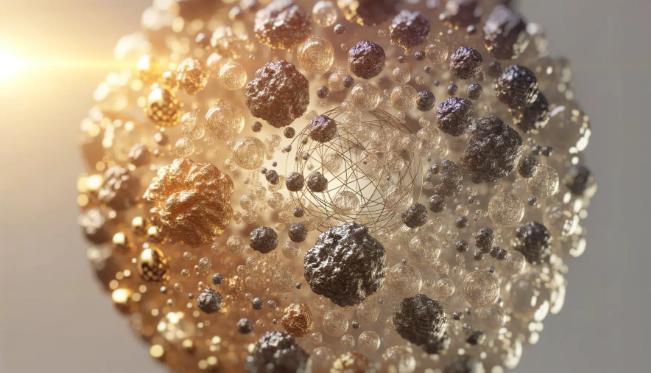Recovering from a stroke is a journey that involves navigating through various stages of healing and adaptation. Whether you or a loved one has experienced a stroke, understanding these stages can help in setting realistic expectations and goals. It's a path filled with challenges, but with the right guidance and support, significant progress can be made.

Introduction to Stroke Recovery
Stroke recovery is a complex process that varies greatly depending on the severity of the stroke and individual circumstances. According to Recovering from a Stroke, recovery is influenced by factors such as the area of the brain affected, the patient’s age, overall health, and early medical intervention. Recovery often involves retraining the brain and body to regain lost functions, which requires time, perseverance, and a comprehensive rehabilitation plan.
Acute Stage: Immediate Care and Stabilization
The immediate period following a stroke is critical. This acute stage focuses on stabilizing the patient’s condition and minimizing further brain damage. Medical professionals work swiftly to assess the stroke's cause and administer the appropriate treatment, often involving medication or surgical interventions to restore blood flow to the brain. According to the Stroke Recovery Timeline, this stage typically lasts a few days to a week, during which the primary goal is to save the patient's life and prevent additional strokes.
Subacute Stage: Rehabilitation and Recovery
As the patient stabilizes, the focus shifts to rehabilitation and recovery. This subacute stage involves a structured rehabilitation program tailored to the patient’s needs, which can last weeks to months. A multidisciplinary team that may include physiotherapists, occupational therapists, and speech therapists works with the patient to regain motor skills, speech, and cognitive abilities. The effective recovery of faculties during this period significantly enhances the patient’s quality of life. More details about the rehabilitation process can be found at the The 5 Support Stages of Your Stroke Recovery Timeline.
Chronic Stage: Long-Term Adaptation and Maintenance
After rehabilitation, individuals enter the chronic stage, which focuses on long-term adaptation and maintenance of the progress made. This stage requires the patient and their support network to adapt to any permanent changes in abilities. Continuous therapy and exercises are vital to prevent regression and improve continual recovery. Understanding the 7 Stages of Stroke Recovery varies amongst individuals, but they frequently involve ongoing support and regular assessment to address any emerging needs efficiently.
Psychological and Emotional Recovery
Stroke recovery isn't solely about physical healing; psychological and emotional recovery are equally crucial. Stroke survivors often face emotional difficulties such as anxiety, depression, and changes in self-identity. Support from family, friends, and mental health professionals plays a significant role in helping patients cope with these changes. Programs such as counseling and support groups provide vital platforms for sharing experiences and gaining emotional strength. The detailed stages of overcoming these psychological barriers are discussed in What are the Brunnstrom Stroke Recovery Stages?.
Conclusion: Embracing the Journey of Stroke Recovery
The journey of stroke recovery is challenging but also offers opportunities for personal growth and resilience. Embracing this journey means acknowledging progress, celebrating milestones, and accepting that recovery can be a lifetime commitment. Support from healthcare professionals, family, friends, and community resources is essential for navigating the complex path of recovery successfully. Stroke recovery is not linear, and each individual’s journey is unique, but with patience, persistence, and support, significant improvement is achievable.
To better comprehend the costs and services available for stroke rehabilitation across different regions and facilities, here is a summary table:
| Facility | Location | Cost (per month) |
|---|---|---|
| Comprehensive Rehab Center | New York, NY | $8,000 |
| Revive Therapy Suites | Chicago, IL | $6,500 |
| PathForward Treatment | San Francisco, CA | $7,200 |
| Restore Health Facility | Dallas, TX | $5,800 |
| LifeProgress Clinics | Miami, FL | $7,000 |
Navigating through the stages of stroke recovery requires understanding, patience, and dedicated resources. Whether you are a patient or a caregiver, knowing what to expect can greatly enhance the recovery experience.


